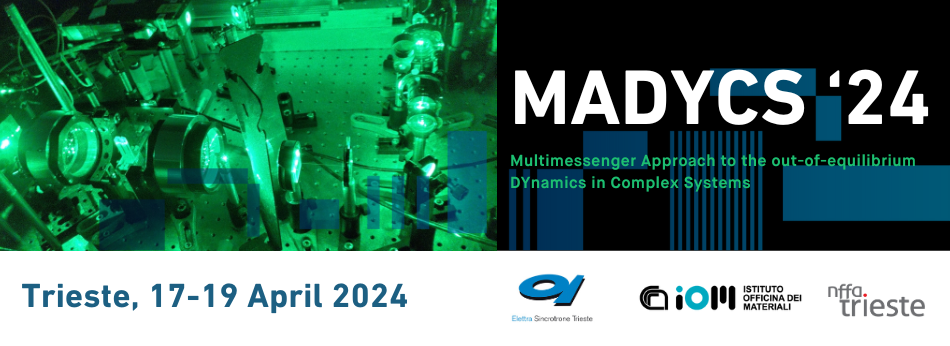Speaker
Description
The manipulation of the magnetization is essential for our society as it is applied in transformers, radio frequency components and data storage media. Magnetic random access memory (MRAM) devices may combine the advantages of static RAM and flash memory as it is fast and non-volatile. In MRAM a spin current is used to read and write the state of the memory cells. Therefore, it is one of the few real-world applications of spin-based electronics or “spintronics”.
This talk focuses on the possibility to directly detect spintronic quantities (the spin voltage, spin current and spin transport) by femtosecond spin-resolved photoelectron spectroscopy. In a laser-excited iron film we can detect the spin-split chemical potentials, which form the “spin voltage”, the driving force for a spin current [1,2]. If we deposit a thin gold film onto the iron sample and excite the iron film through the transparent substrate, we can study spin injection and -accumulation. The dynamics of the spin polarization in the gold film [2] can be described by a “spin capacitance”, which is similar to the capacitance in charge-based electronics.
An outlook into future opportunities provided by momentum microscopes at free electron lasers will be given. These instruments allow for time, spin and angel-resolved photoelectron spectroscopy at a high repetition rate using an efficient detection scheme.
[1] A. Fognini, T.U. Michlmayr, A. Vaterlaus Y. Acremann, J. Phys.: Condens. Matter 29 214002 (2017)
[2] K. Bühlmann, G. Saerens, A. Vaterlaus, Y. Acremann, Struct Dyn. 7, 065101 (2020)
[3] K. Bühlmann, G. Saerens, A. Vaterlaus, Y. Acremann, Sci. Rep. 10, 12632 (2020).

